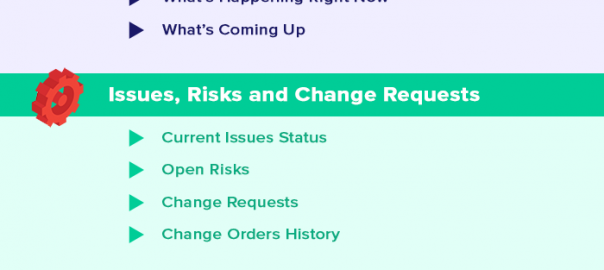— August 24, 2018
Standardizing your agency’s processes can make you more productive and remove inefficiencies. This guide will show you how you can standardize your agency’s processes, regardless of your current size.
“Standardization”, Jeffrey Liker writes in The Toyota Way, “is the basis for continuous improvement and quality.”
Liker should know; he spent years studying Toyota’s remarkable quality and consistency – all chalked up to their commitment to standardized systems and processes.
You might not be manufacturing cars or computers, but your agency can benefit from standardization as well.
As I noted earlier, standardization brings much-needed structural rigor to your agency. It helps you develop systems to reduce ambiguities and improve efficiencies. A standardized agency doesn’t fret about creating proposals and completing deliverables; it has extensive processes to scale as it expands its client roster.
How do you bring this standardization to your agency? Which processes should you prioritize? Which ones should you ignore?
I’ll answer these questions, and more, in this short guide.
A Framework for Understanding Standardization
For all its complexities, business process standardization functions on remarkably simple principles:
- Document all existing processes and best practices
- Identify and remove all unnecessary activities
- Optimize everything that’s left
For instance, an agency needs to standardize the way it responds to incoming lead queries. To do this, it can:
- Document how its salespeople currently respond to incoming queries
- Borrow industry best practices and adapt them for the agency
- Remove any activities that don’t add value
- Create templates and workflows based on new practices
Essentially, standardization means bridging the gap between how you currently do things vs how you should do things, and documenting everything.
In practice, you can segregate the standardization process into four distinct phases:

You can understand them as follows:
Phase I: Preparation
In this phase, you’ll lay the foundation for the standardization process to follow. This involves:
- Reviewing all existing processes or documentation
- Identifying stakeholders and prioritizing which processes to standardize
- Understanding your company’s goals, policies, and objectives
Any standardization exercise should align with your agency’s vision and values. If you take pride in the “handcrafted” quality of your solutions, don’t standardize your creative approach. Rather, focus on standardizing other aspects of the business.
Phase II: Facilitation and Documentation
In the next phase, your job is to get people onboard and document best practices. To do this, you have to:
- Identify key people involved in a process and document their best practices
- Document best practices followed in the industry
- Build consensus about best practices among all stakeholders involved in a process
- Create synopsis, roadmaps, workflows, etc. to facilitate implementation
Try to assimilate as much knowledge as you can from as many sources as possible. To create a truly well-optimized process, you need to know how the best people operate – within your agency and outside it.
Phase III: Standardization
The standardization phase follows the same principles as I outlined earlier, that is:
- Understanding how your company works
- Eliminating all points of wastage
- Improving efficiencies of remaining processes
- Documenting the optimized process and using it across the company
Phase IV: Monitoring
The final phase involves monitoring the new standardized processes and evaluating their effectiveness. Did the new process actually improve performance? If yes, then by how much? Are your people actually more productive?
People often skip this phase but it is vital for the success of any standardization exercise.
Here’s a quick review of these four phases:
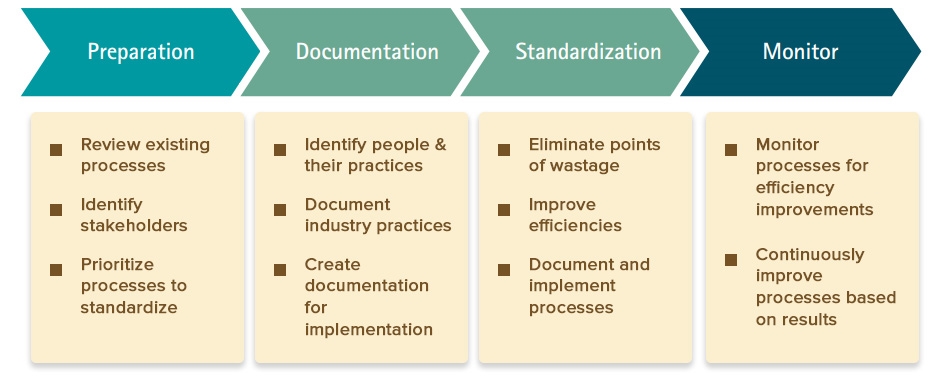
The question now is: how do you use this framework in your agency?
I’ll show you how below, along with examples.
A Practical Guide to Agency Process Standardization
How you approach standardization will depend on the size and stage of your agency. A small agency that’s just starting out doesn’t need to delineate management roles. But for a larger agency, identifying roles and responsibilities would be a crucial part of the standardization process.
Keeping this in mind, I’ll share a few crucial steps to standardize your agency’s processes.
I. Clarify Roles & Responsibilities
In a growing agency, roles and responsibilities often overlap. One person handles multiple duties. A complex process is owned by several people.
This invariably creates redundancies and wastage. If three people working in inbound sales have different processes, which one is a new employee supposed to follow?
The first step in the standardization process, therefore, is to clarify roles and responsibilities. Your goal: to identify owners and stakeholders for each process.
One way of doing this is to use the MECE (“Mutually Exclusive, Collectively Exhaustive”) principle.
The MECE principle was developed by McKinsey as a way to organize information. As per this principle, any organization system must have:
- No overlap: All categories should be distinct and independently complete
- No gaps: The sum of all categories should give you the whole
“HR” and “Finance” are separate categories because their responsibilities are completely different. But “Client Success” and “Support” can be grouped together since they have the same duties.
A typical large agency might have the following organizational structure:
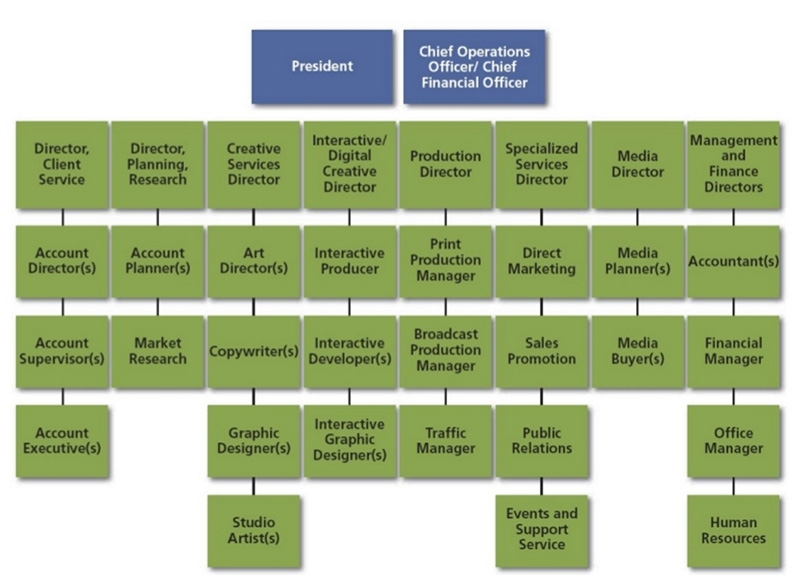
(Image source: SlideShare)
You can decompose further based on your requirements.
Once you know who is in charge of which department, you can start documenting processes.
II. Identify Processes
Your next step should be to identify processes for standardization. This should include processes that you already have as well as new processes you need to develop.
I’ll share some tactics to do this below.
1. Identify processes for each role
Refer back to the organizational chart you developed earlier. Ask yourself: “what processes are associated with this particular role or department?”
For example, the HR department will have several processes:
- Recruiting employees
- Onboarding new hires
- Resolving employee issues
Each of these will have multiple activities associated with them. “Recruiting”, for instance, involves gathering job requirements, placing ads, reviewing resumes, and shortlisting candidates.
Several of these activities can be standardized. You can have a standard onboarding process for new hires, and you can create templates to inform candidates about their applications.
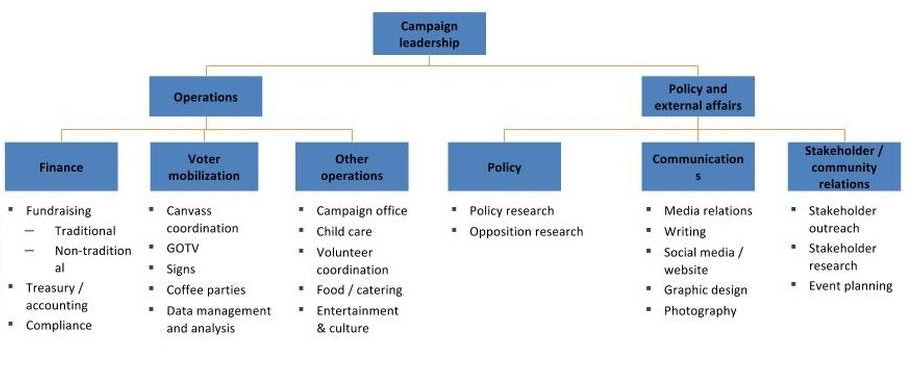
An example of an organization chart with roles and responsibilities. Breaking these down further will show you processes associated with each role that you can standardize.
Ask everyone in your agency to dig through their workflows. Get them to list anything they do frequently. If they do it more than once, it can likely be standardized.
2. Map your client journey
Think of the path your clients follow to go from ‘prospect’ to ‘project success’. Are there any interactions that can be standardized?
For instance, every project starts with a kickoff meeting. A successful meeting requires significant prep and documentation. You also need to collect project-critical information from the client (data, communication channels, etc.).
By standardizing processes related to the kickoff meeting, you can ensure consistency in requirements across all your projects.
Try to work backwards from a successful project delivery. Trace every action you performed leading up to the final deliverable. Identify whether these actions are unique or can be standardized.
A few of these require unique approaches (though the approach itself can be standardized), but the rest is merely procedural work..
Do this for all your clients. You’ll soon spot common processes across all your projects that are ripe for standardization.
Once you’ve identified important processes in your agency, you can start prioritizing them for standardization.
III. Prioritize Processes
Standardizing processes is neither quick nor easy. Although your goal should be to standardize all of them, you’ll see far better results by focusing on your top processes.
Therefore, before documenting your processes, prioritize them based on their importance to your agency.
I’ll share two tips to do this below.
1. Prioritize procedural work
All the work an agency does can be broadly divided into two categories:
- Judgment-based work, where a professional uses his insight, instinct, and creativity to create a deliverable.
- Procedural work, which involves processes that must be performed every time you have to create a deliverable.
Think of a deliverable such as a brand logo. While making the logo itself is a creative exercise, there are several actions you need to perform before and after it, such as:
- Gathering requirements
- Collection inspiration
- Sharing drafts and collecting feedback
- Sending final design
You can’t really standardize judgment-based work easily, but procedural work is easy to document. How a designer makes a logo can change, but the process to gather requirements will remain the same for every client and project.
This is an important distinction to keep in mind. judgment-based work can be difficult to document, but procedural tasks can be easily standardized.
Thus, make procedural work a top priority in any standardization exercise.
2. Prioritize based on your agency’s goals
Where do you see your agency 5 years from now? What are your core values and beliefs? What are your most important goals and objectives?
Your processes define your agency. It is only fitting that whichever processes you prioritize should align with your vision as well.
For instance, if you want to sell commoditized services to small businesses, you’ll need to standardize your solutions heavily. Your goal will be speed and efficiency, not uniqueness.
Conversely, if you want to build a boutique agency that acts as a creative partner to large corporates, you can get away with limited standardization. Your clients will expect handcrafted solutions, not cookie-cutter ideas.
One way to prioritize your processes is to identify your KPIs.
Ask yourself: what are my agency’s 10 most important metrics? Which processes can help me meet my KPI targets?
For example, “utilization rate” might be one of your top KPIs. A low utilization rate means that your resources are wasting too much time on non billable tasks.
Thus, any standardization exercise should focus on processes that help your employees focus on productive activities.
IV. Document Processes
We’re now at the meat and potatoes of the standardization exercise – documenting processes and charting best practices.
Process documentation should be a collaborative, introspective exercise. You need to get process owners involved and ask them to map their current vs industry-standard practices.
Ask: what can you improve? What can you discard?
Your goal is to create streamlined processes that follow best practices while still being relevant for your agency.
I’ll share a few tips to do this below:
1. Document current vs industry-standard practices
The first step in the documentation process is to list what you do vs what’s accepted as standard practice in the industry.
Industry-standard best practices aren’t always right, but if you’re deviating from them, you need a compelling reason to. If your project management process doesn’t follow the standard five phases, you need to know why.
Start by getting process owners to list all activities they perform associated with a process. Do they have a standardized way of approaching them? How does the rest of the industry do it?
For instance, it’s a good practice to include the following items in a project status report. If you’re not doing the same, you need to know why:
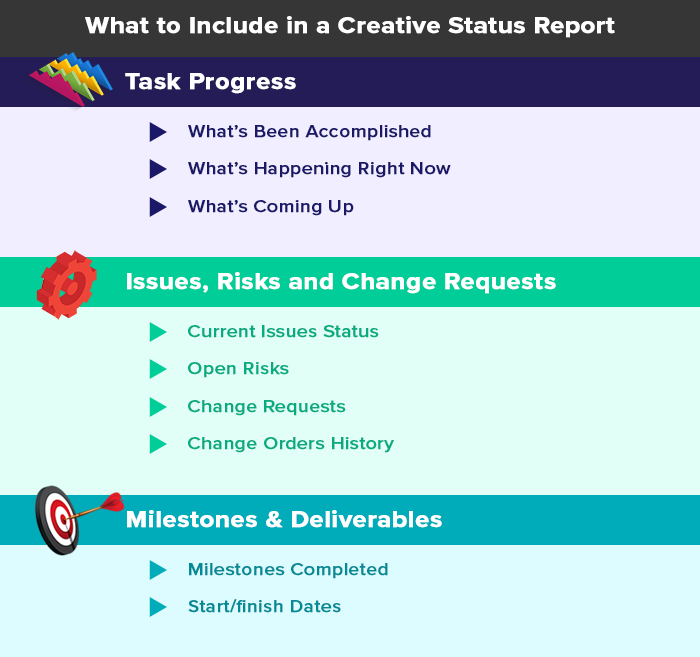
In most cases, bringing processes to industry best practices is a good way to go.
2. Document creative workflows
Creative activities are difficult to document. There is some strange alchemy involved in creative work that you can’t always describe.
What you can do, however, is document the workflows to get to the point of creation.
For instance, your copywriter will have some favorite sources of inspiration (blogs, books, resources, etc.). He’ll also have a few favorite phrases and attention-holding words. His ads will also follow proven narrative structures.
Your job is to get creatives to document all these workflows. This will make sure that there is consistency in your creative output. It will also give new hires a springboard to the creative process.
3. Create templates and process documents
The end result of the documentation process should be templates and documents that everyone in your agency can access. A new hire should be able to use these documents to know exactly what he has to do to complete an activity.
You can use a platform like Google Docs to store all these documents. For better results, use a documentation system that integrates with your project management tool. This will eliminate the time wasted in going from one system to another to find the right files.
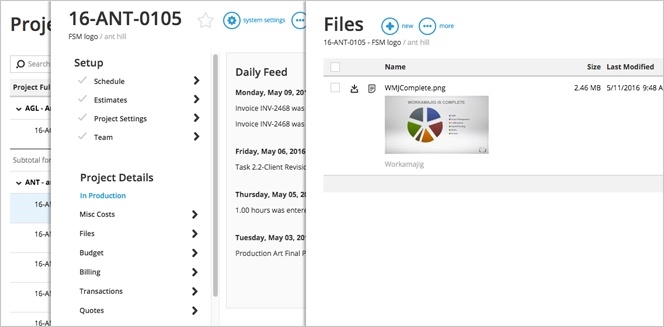
Workamajig has a document repository which you can use to create templates for each project
Give it Time
Standardizing your agency’s processes isn’t something you can do overnight. It takes time to identify, prioritize, and document individual processes. As your agency grows, your processes will also change, forcing you to revise existing documents.
Approach standardization as an ongoing exercise. Set aside time each month to document processes. Whenever you develop a new service or adopt a new tactic, make sure to document its workflow.
Business & Finance Articles on Business 2 Community
(147)
Report Post